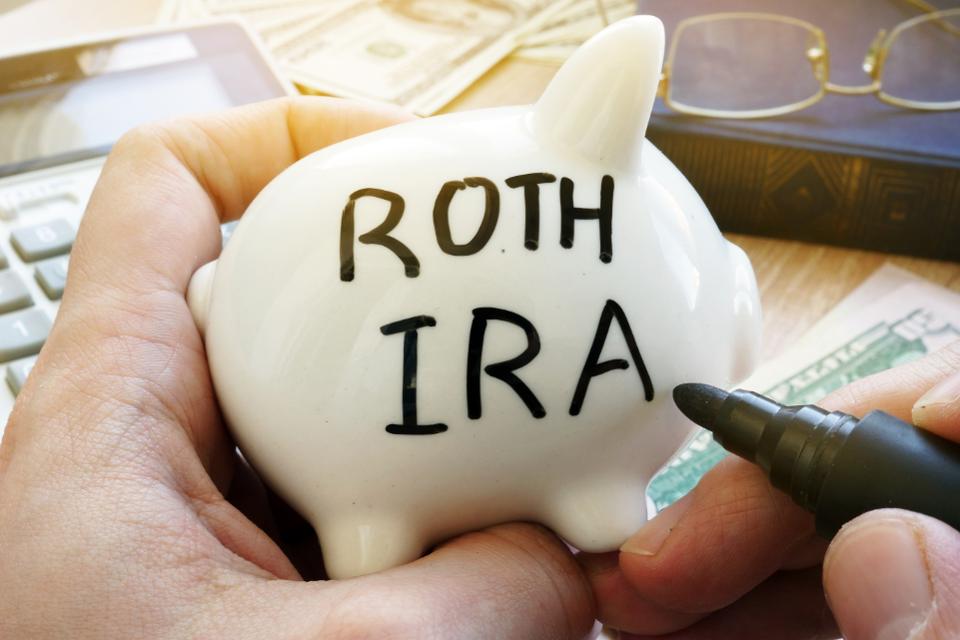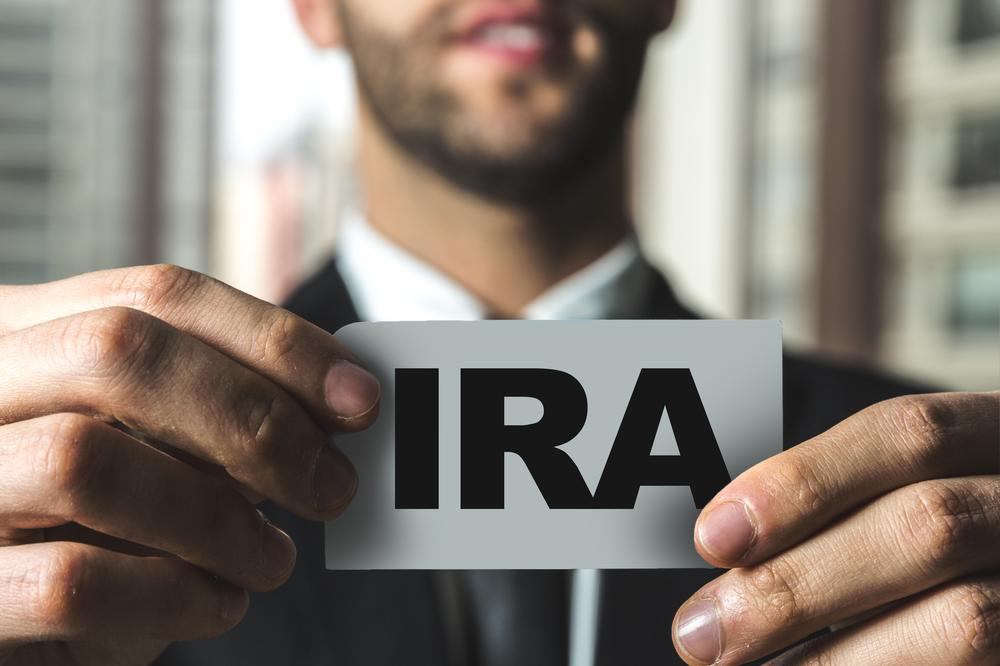Tax Traps and Advice for Retirement Accounts
The things you should be aware of when planning retirement

I. Withdrawal/Rollover
- The traditional IRA
In general, traditional IRA money must be taxed. If you are 59 and a half years old, you will have to pay 10% of the penalty tax. But if some, or even the total amount, of the time was in the IRA did not go to the tax return, then some of the money would be tax-free. For specific reasons and details, please see the previous article.
If you do not deduct the IRA contribution, be sure to complete Form 8606 (Nondeductible IRAs) at the time of your tax return for the current year. This form is also required for withdrawal. This table will record the cumulative number of ondeductible IRA contributions, which will be used to count tax-free distributions in subsequent years. If there is no record, it is likely that the withdrawal amount will be taxed.
- Roth IRA
In general, if it is 59 and a half years old, or if the Roth IRA account has been in place for five years (from the first time you made the contribution, you will have no tax on the Roth IRA and no 10% tax penalty. Yes, the money earned in roth IRA accounts is tax-free! This is one of the great advantages of roth IRA!
If any of these conditions are not met, you may be required to pay 10% of the penalty tax, while the portion of the withdrawal may be subject to tax. If the withdrawal pays tax and if you have to pay 10% tax on the penalty is calculated in the order of 4 source levels:
Level 1: From the Roth IRA contribution period withdraw: No tax required. No 10% penalty tax.
Level 2: Tax not payable from the taxable portion of the roth IRA conversion adds. 10% penalty tax is required.
Level 3: Tax is not required from the tax-free portion of the ira conversion. No 10% penalty is required.
Level 4: The money you earn by investing in the Roth IRA: tax. 10% penalty tax is required.
Advice
TIP #1 avoid 10% penalty tax
As mentioned above, it is inevitable that you will have to pay tax without qualifying an IRA or Roth IRA, but if the money is used for the following, The1y's 10% tax is at least avoidable!
1. Graduate fees (himself, spouse, child)
2. Medical expenses (which exceed 7.5% of your AGI)
3. Health insurance premiums while they are not
4. After disability
5. First-time home purchases (lifetime limit of $10,000)
6. IRS Levies
7. Military Emeles
8. After death
Each item also has specific requirements, here will not list, need a deeper understanding of friends can give me a message Oh.
TIP #2 rollover to avoid 20% tax with detention
From a retirement plan (A) to another pension plan (B), the fund must go directly to Plan B (distribution cheque write Plan B, or directly to Plan B), the money does not pass by yourself, if not automatically at 20% tax with holding (except end of 60 working days).
TIP #3 Deferred tax (tax deferral) on another person's IRA/401(k) plan inheritance
Before 2007, if you inherited the IRA/401 (k) plan from another person, the plan will pay you the money directly, but at the same time you will have to pay taxes on that portion. After the release of the new rules in 2007, you will need to reopen an IRA account specifically to inherit someone's ira/401 (k) Plan, and move directly from that person's Planrollover to your new account, which will be treated as a normal rollover, without paying tax at this time.
II. RMD (Minimum Distribution Required)
At the age of 70 and a half, you will be required to take part of your annual pension account from your IRA/401 (k), etc., which you have repaid, so you will have to pay taxes to the IRS, or you will not be able to pay taxes if you keep it in these accounts. The specific minimum requirements each year how much is a formula, probably depending on the amount of the account and age, such as age, the minimum amount required to go out is also increasing. If you do not arrive with the minimum amount required on time, the IRS will ask you to pay 50% of the penalty tax. So if you're approaching this age, make sure you understand it in advance and avoid paying more tax.
If you inherit someone else's IRA/401 (k) account, are these amounts also at RMD? The answer is: YES... For example, A is 30 years old, Uncle B of A died this year, died at the age of 80, A inherited Uncle B 401 (K) Plan, A opened a new IRA account to inherit this part of the money. Since my uncle died at the age of 80 and had already started doing RMD, then A has done RMD every year since he inherited the plan, although A himself is under 70 and a half, or pay 50% of the penalty fee. So how much RMD is? The RMD is calculated based on the age of the successor, so the amount of RMD that A is required to pay each year after inheritance is less than it was when the uncle was alive, because A is younger. (Friends who want to ask for details and details can leave me a message) RMD this feature leads to a tax planning opportunity - IRA Stretch.
III. Stretch IRA
The advantage of iras and other retirement accounts that benefit from deferred tax payments is that as long as the plan is still without the money, the money you put into the contributions and the money invested in the account spent at the time does not have to be taxed. So we're going to want more money accumulated in this plan, the better, and try to extend the "life" of the plan to delay the amount of money - that's called the Stretch IRA.
It's a good strategy to leave your wealth to the next generation or someone else: leave your plan to the next generation, who only need to pay a small amount of RMD each year (because it's young), pay taxes on that part of the money, and the rest of the plan will continue to accumulate wealth, and by the time that generation dies, you can give the Plan and the wealth they accumulate to the next generation. It is important to include heirs/beneficiaries in the Plan form. The figures in the will must be clearly recorded on the Plan form. The heir/beneficiary generally recommends filling out the spouse and filling in the beneficiary/benefit of the beneficiary/child in waiting after the start of the new plan inherited from the spouse.
III Roth IRA Conversion
The IRA said better earlier, and eventually took the money to pay taxes. For some, the Roth IRA looks more attractive: if you're young and you're low paid, you'll only have to pay a small tax, and you'll get a higher income and you'll get money from Roth without paying taxes! But the problem is that Roth IRA do not do what they want to do, Roth IRA contribution has income limits, and generally, when the income is too high, it is not allowed to make Roth IRA Contribution. What's to be done? Another tip is Roth IRA Conversion/ Contribution backdoor: first as an IRA contribution, then in a Roth IRA, because Roth IRA contribution has income limits, but the conversion has no restrictions. Conversion can only be included in income when tax returns in that year. Make sure you know this at your Planpension business.
What do you do when you're so tough? Let me give an example:
Assuming A is 68 years old, he has an IRA account and wants to leave $400,000 to his children, he can do Roth IRA conversion, assume the effective tax rate of 20 percent, pay 80,000 taxes, and set up a $400,000 Roth IRA account. First, the first advantage is that Roth does not need to be asked to do RMD; second, the beneficiary/heir fills in for their child, and when A dies, the child inherits the Roth IRA, which will never pay income tax on the top 400,000 and future value added!








